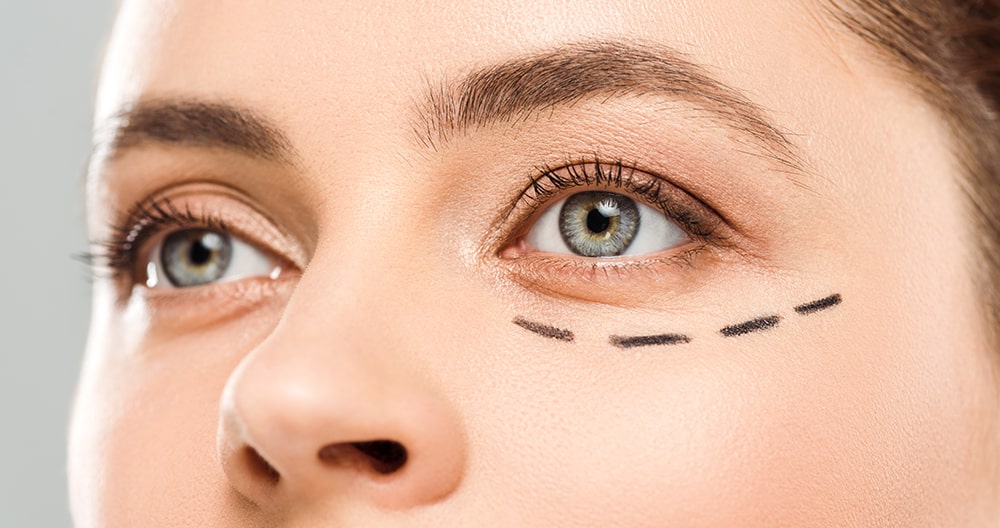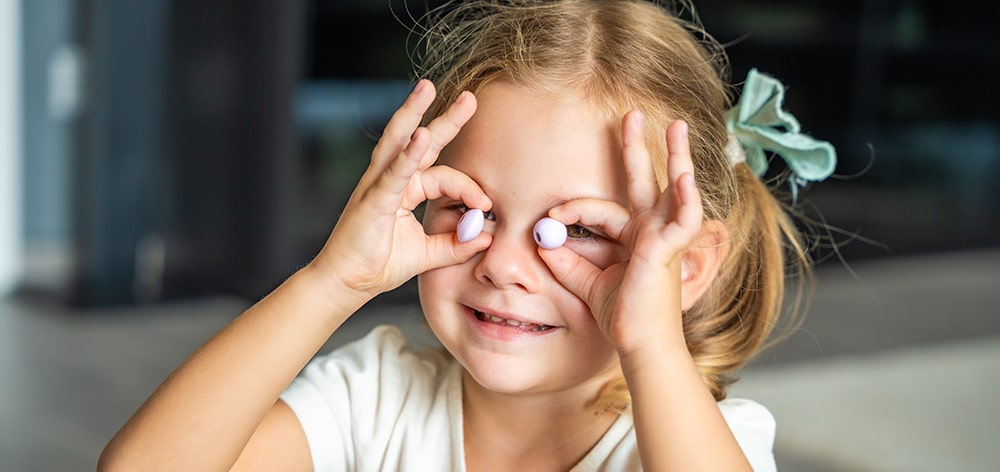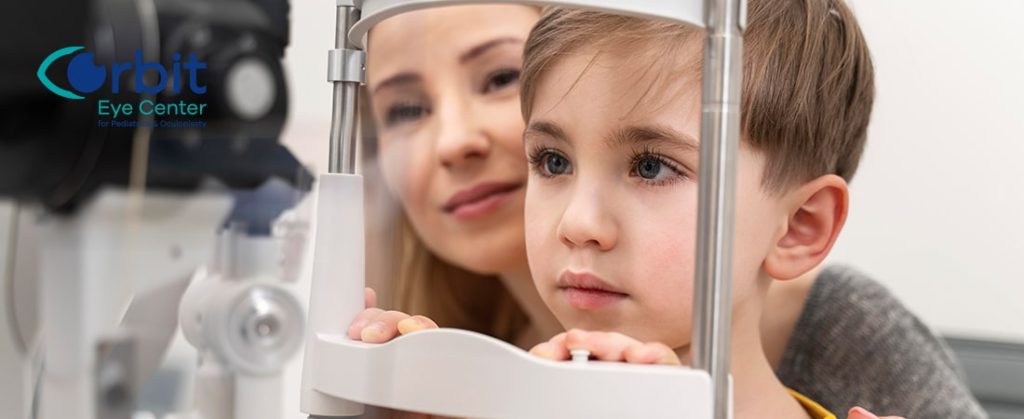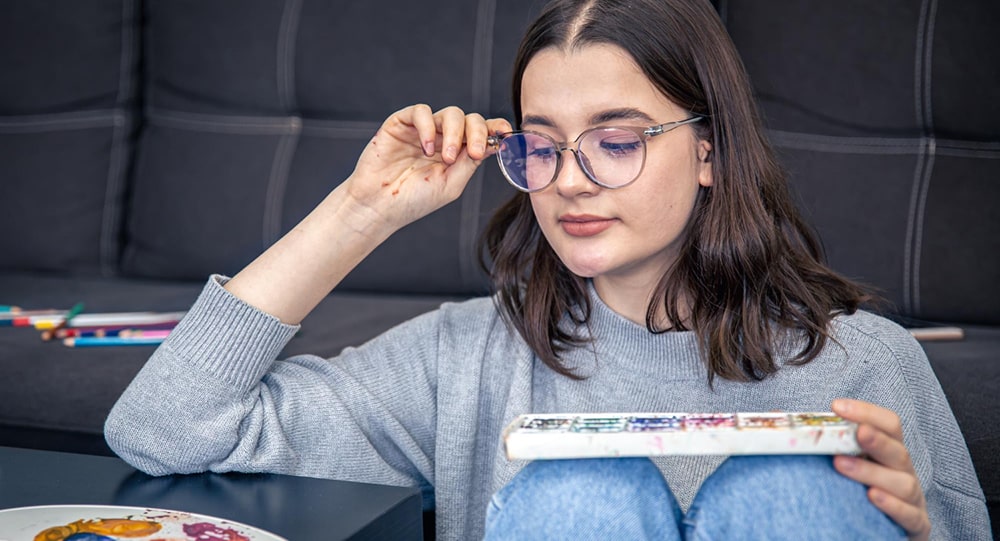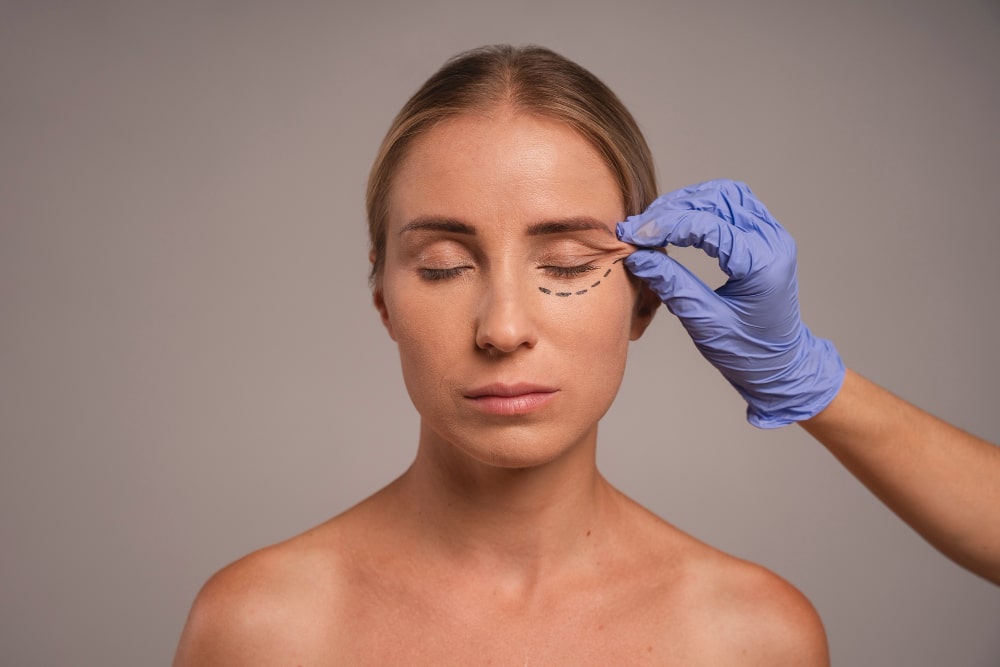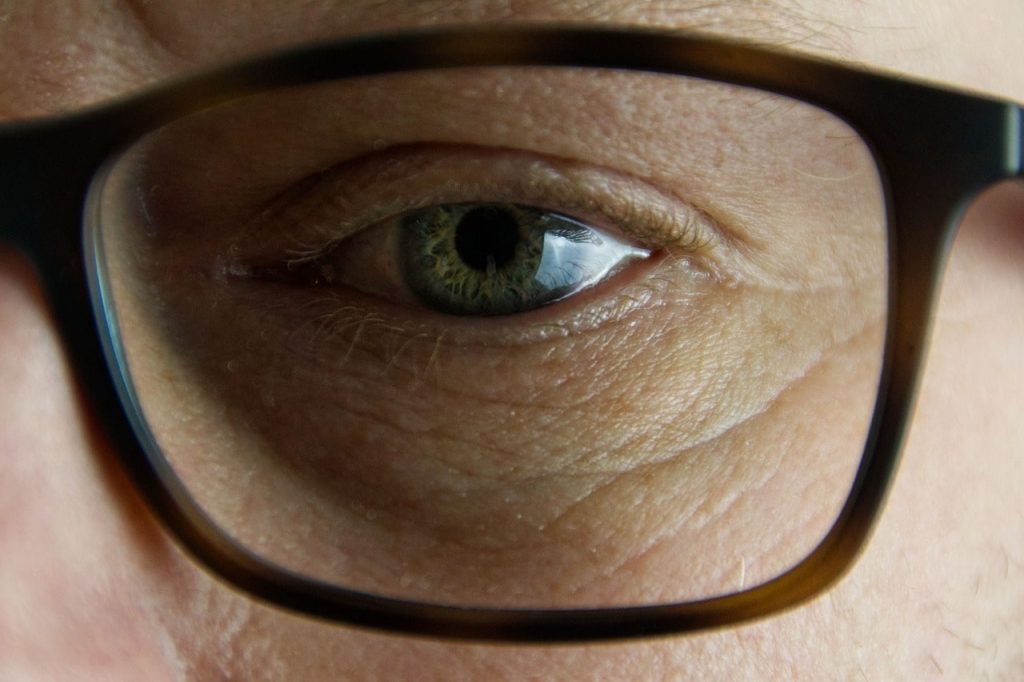What is Lazy Eye?
Lazy eye, also known as amblyopia, is a developmental condition characterized by a decreased vision in one eye and inward or outward wandering of that eye as a result of abnormal visual development early in life. Lazy eye seldom affects both eyes. It normally develops from birth up to age seven and is the main cause of poor vision in children. Timely diagnosis and treatment can aid in preventing long-term issues with your child’s eyesight. If left untreated, lazy eye can cause permanent vision loss.
Causes of Lazy Eye
Doctors do not exactly know what causes lazy eye. However, it is believed that any condition that obstructs a child’s vision during early development may cause a lazy eye. Generally, the brain utilizes nerve signals from both eyes to discern visually. But if an eye condition causes deterioration of vision in one eye, your brain starts to ignore signals coming from the weaker eye and depends on the stronger eye resulting in a lazy eye. Some of the factors and conditions that can potentially lead to a lazy eye in a child include:
- Strabismus (crossed eyes)
- Cataract
- Ptosis or droopy eyelid
- Refractive errors such as astigmatism, nearsightedness, and farsightedness
- Genetics or familial history of lazy eye
- Glaucoma
- Vitamin A deficiency
- Corneal scar or ulcer
- Complications from eye surgery
- Damage to the eye from trauma
Signs and Symptoms of Lazy Eye
Common signs and symptoms of lazy eye include:
- An eye that strays outward or inward
- Frequent tilting of the head to one side
- Shutting or squinting of an eye
- Poor depth perception
- Problems with eye coordination
- Droopy eyelid
- Blurred vision
- Double vision
Diagnosis of Lazy Eye
Early diagnosis is extremely important as it increases the chances of a full recovery. It is recommended that a child undergo a routine eye examination annually until the age of 6 to diagnose conditions that may cause lazy eye. As part of the examination, your doctor will conduct a standard eye examination to assess your child’s vision. This entails a series of tests, such as:
- Looking at your child’s eyes with a lighted magnifying device
- Following a light with each eye and then both of your child’s eyes
- Identifying shapes or letters on a chart
Apart from these, your doctor will check the clarity of the vision, assess the strength of the eye muscles, and determine how well your child’s eyes can focus. Your physician will also look for differences in vision between the eyes or a wandering eye that typically signifies a lazy eye.
Treatment for Lazy Eye
The treatment options depend upon the condition causing the lazy eye and how much it is affecting your child’s vision. Your physician may recommend:
- Eye patches: Applying an eye patch over the dominant eye can help stimulate and strengthen the weaker eye with poor vision. During this treatment, your child will have to wear an eye patch over the stronger eye with a better vision for 2 to 6 hours daily. This will force the brain to use the weaker eye and help develop the brain area that controls vision.
- Corrective eyewear: In this method of treatment, contact lenses or glasses are prescribed to treat corrective errors such as farsightedness, nearsightedness, or astigmatism that cause lazy eye.
- Eye drops: In this treatment alternative, an eye drop medication called Atropine is prescribed once or twice a day to blur or cloud the vision of the stronger eye so that the brain is encouraged to stimulate the weaker eye and use it more than the dominant eye. Eye drops can be an effective alternative to wearing a patch.
- Bangerter filter: In this mode of treatment, a special filter called a Bangerter filter is placed over the eyeglass lens of the dominant eye to cloud the vision so that the brain is prompted to stimulate the weaker eye and use it more. This also acts as an alternative to eye patches and eye drops.
- Surgery: Surgical intervention is employed if your child has conditions that can lead to a lazy eye such as a cataract that is blocking light from the eye, crossed eyes, or droopy eyelids that droop low enough to cover the whole pupil and block normal vision.
- During cataract surgery, the cloudy lens that is causing blurred vision is removed and replaced with a clear plastic lens to restore normal vision.
- Crossed eye surgery involves correction of the visual axes of the eyes, to make both the eyes focus parallel on an object (binocular vision).
- Droopy eyelid surgery involves raising the droopy eyelid back to its normal position by tightening the levator muscles involved in lifting the eyelid.
Summary
Even though lazy eye in some instances can cause vision impairment or permanent blindness, it is typically a treatable condition, especially when diagnosed and treated early. Speak to your physician if you feel your child may have a lazy eye. Follow your physician’s recommendation on early routine eye examinations and treatment. Most children recover almost all their vision with timely intervention.
Truly innovative Lazy Eye Treatment in Dubai – only @ Orbit Eye Clinic
Advanced Treatments & Technology
Experience High Standards of Care at Orbit Eye Center
Ask your Doctor
Yes, lazy eye can often be treated effectively and, in many cases, improved permanently with appropriate treatment methods. Early intervention, such as using eyeglasses, eye patches, or vision therapy, is crucial to encourage the brain to develop better visual acuity in the affected eye.
The quickest way to address a lazy eye is through early intervention with appropriate treatment methods. These can include wearing prescription eyeglasses to correct refractive errors, using an eye patch to encourage the weaker eye to work harder, and engaging in vision therapy exercises to improve eye coordination and visual acuity.
Yes, a lazy eye can often be improved at any age through proper treatment methods. While early intervention yields the best results, specialized approaches such as eyeglasses, eye patches, and vision therapy can be effective for both children and adults.
Yes, lazy eye can have a genetic component. If there is a family history of lazy eye or other vision-related issues, the risk of developing lazy eye might be higher. However, other factors like refractive errors, muscle imbalances, and early visual experiences can also contribute to its development.
Lazy eye can worsen when left untreated. Factors such as not correcting refractive errors with eyeglasses, not using prescribed eye patches, or not engaging in recommended vision therapy exercises can contribute to its progression.




